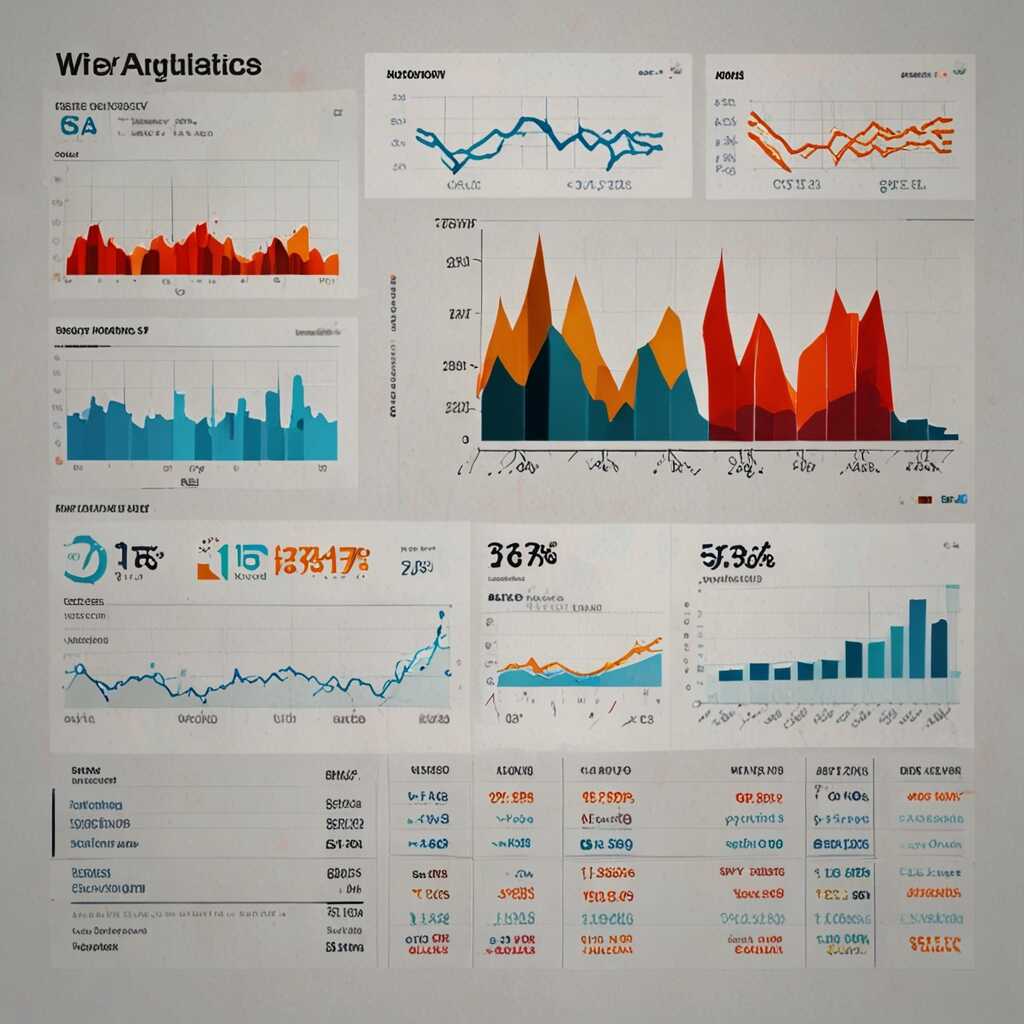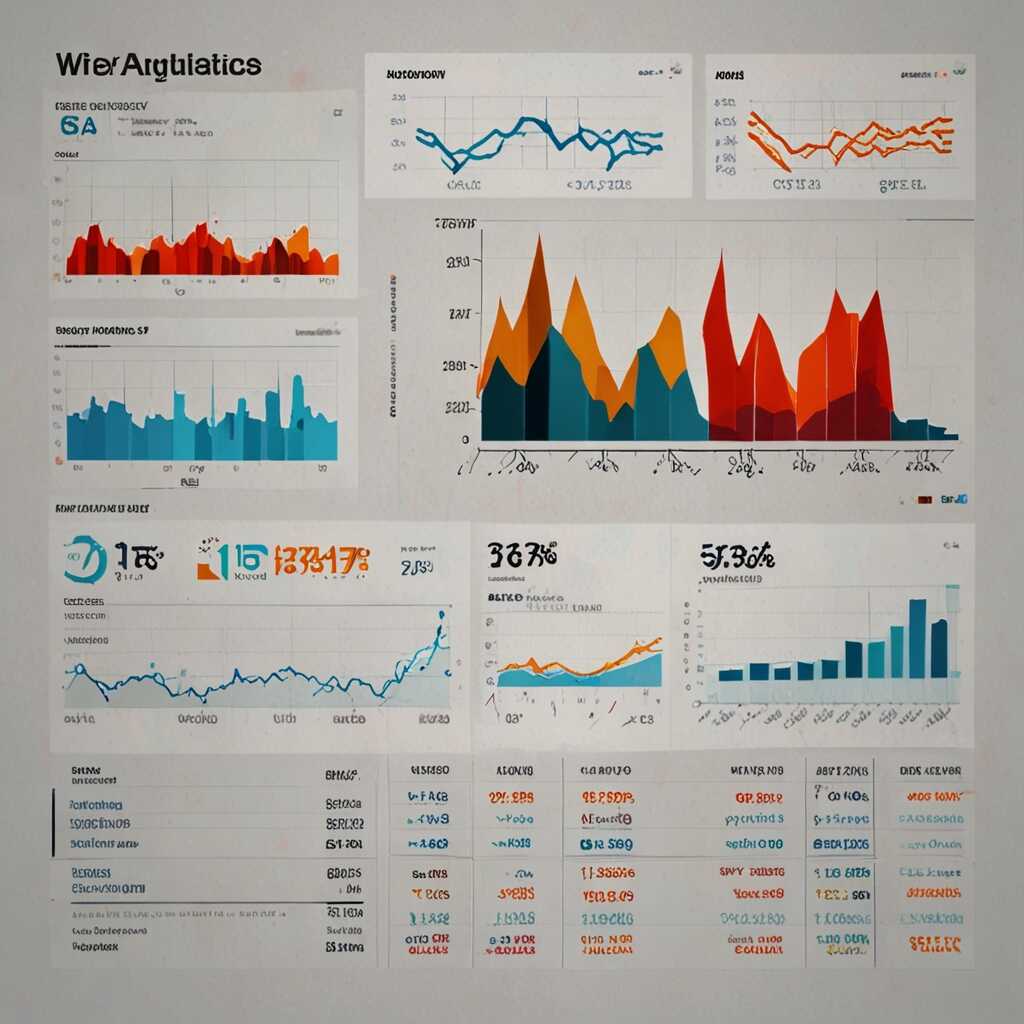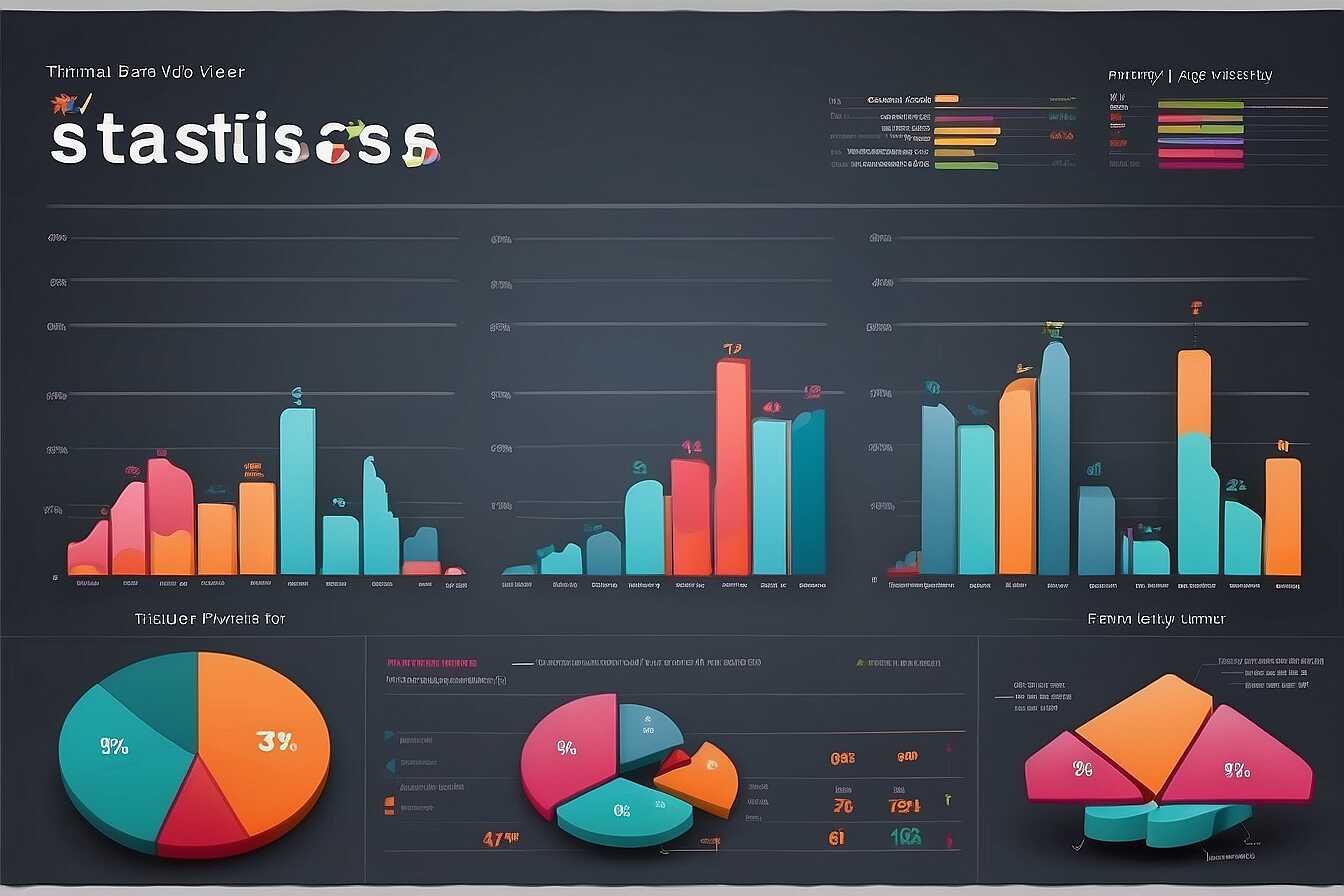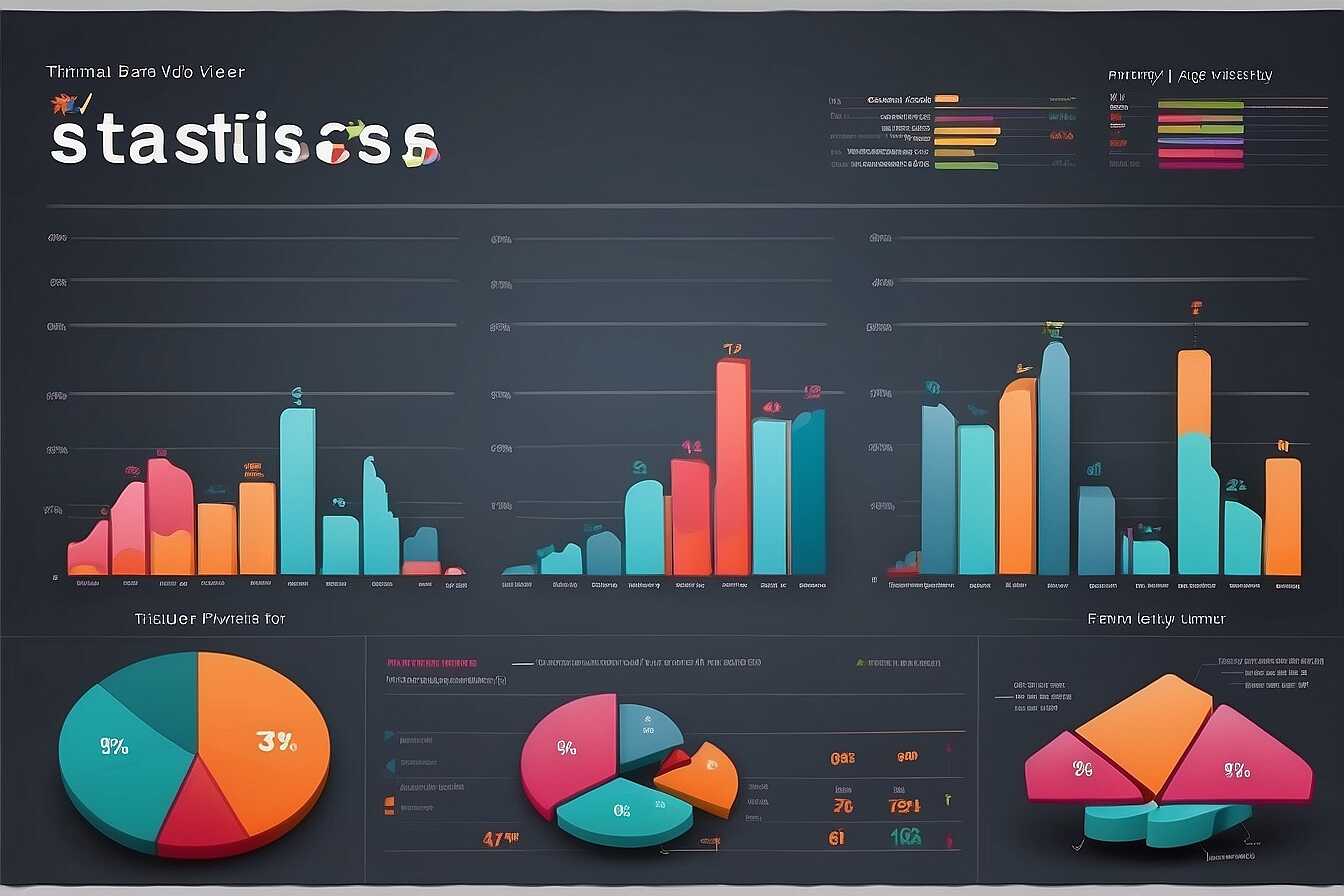Optimizing video load times is crucial for improving SEO and reducing bounce rates on your website. When videos load slowly, users are likely to leave, negatively impacting your site’s performance. At Metrics Rule, we help digital marketers and website owners implement effective strategies to enhance video loading speeds, leading to better SEO outcomes. By measuring the results, you can ensure your efforts yield maximum benefits for your online presence.
Exploring the Relationship Between Video Load Time and SEO Success
Video load time plays a crucial role in determining user engagement and bounce rates. Studies show that when video content loads slowly, users become frustrated and are more likely to leave the site, contributing to higher bounce rates. This negative user behavior affects SEO performance, as search engines like Google prioritize sites that provide a positive user experience. Essential metrics to measure how video load times influence SEO include average session duration, click-through rates, and conversions. By examining these metrics, businesses can determine if their optimization efforts have succeeded. Furthermore, optimizing video load times can lead to a percentage increase of up to 20% in organic search rankings, enhancing online visibility.
Key Metrics to Track Video Load Time Impact on SEO
Monitoring key metrics is essential to understanding the impact of video load time on SEO success. Factors such as page load speed, user retention rates, and conversion rates provide valuable insights into performance. Tools like Google Analytics can help track these metrics effectively. For example, if your video load time improves from 6 seconds to 2 seconds, you might see an increase in user engagement by 30% and a decrease in bounce rates. This data helps identify the best strategies for enhancing video content delivery, contributing to improved SEO performance and user satisfaction. Metrics Rule specializes in providing SEO insights that empower businesses to optimize their content for better results.
Proven Techniques to Speed Up Video Loading Times
To improve video loading times, focus on employing advanced compression techniques and leveraging CDN networks. Advanced compression formats like H.264 or VP9 reduce file sizes without sacrificing quality, enabling faster downloads. Additionally, CDNs store copies of your videos in multiple locations, reducing latency and ensuring quick access for users. This combination is crucial for enhancing SEO and minimizing bounce rates, as faster-loading videos keep users engaged. Testing these methods can provide valuable data on effectiveness, often revealing a significant decrease in loading times and higher retention rates.
Understanding Advanced Compression Techniques
Advanced compression techniques are designed to optimize file sizes while maintaining the quality of your video content. Popular formats include H.265, which offers about 50% better data compression than its predecessor, H.264. This significant improvement results in faster loading times, enhancing the overall user experience. Tools like FFmpeg can be used to apply these techniques easily. Ensure you test your videos after compression to verify that quality remains intact, as this reliability is crucial for keeping viewers engaged. By integrating reliable compression methods, you can achieve impressive performance factors that improve SEO metrics.

Essential Guidelines for Seamlessly Adding Videos to Your Website
Integrating videos into your website effectively involves several best practices. Start by using video hosting platforms like YouTube or Vimeo, which offloads bandwidth and enhances video loading speed. Ensure the video format is optimized for the web, like MP4 or WebM, to maintain quality without excessive load times. To further enhance user experience, implement lazy loading for videos, ensuring they only load when a user scrolls to them. This technique significantly improves website performance and can lead to a reduction in bounce rates.
Choosing the Right Video Hosting Platform
Selecting the right video hosting platform is crucial for enhancing your website’s performance and reliability. Popular options like YouTube and Vimeo not only offer robust features but also ensure that your videos load quickly and efficiently. They provide integrated analytics tools that help track performance metrics, such as view counts and bounce rates, thereby improving your SEO strategy. Platforms like these are designed to handle video compression and optimization, which can significantly enhance loading speed and user engagement. The right choice goes a long way in reducing bounce rates and improving overall website performance.
Key Statistics About Video Performance and User Engagement
- Studies show that 53% of mobile users abandon sites taking over 3 seconds to load.
- Faster video load times can improve user experience by 70%.
- Pages with optimized videos see a 25% increase in organic search rankings.
- Video content accounts for 82% of all consumer web traffic.
- Slow videos can contribute to a 30% higher bounce rate on websites.
- Websites with quick video loads report 50% longer average session durations.
- Improving video load times can boost conversions by up to 80%.

How to Measure Video Load Time and Analyze User Behavior
Measuring video load times and assessing user engagement metrics is essential for improving website performance. Tools like Google Analytics, Adobe Analytics, and specialized video analysis platforms provide reliable data on how quickly videos load. These analytics tools track metrics such as bounce rate, play rate, and average view duration. This data helps identify trends in user behavior depending on demographics and device types. A solid understanding of video load time ensures you can enhance user experience and retention effectively.
Understanding Impact Across Demographics
Understanding how video load time affects user behavior across different demographics is crucial. For example, studies show that mobile users are more sensitive to slow load times than desktop users. Ensuring your videos load quickly can help keep users engaged, particularly on mobile devices. You can improve user retention by analyzing data from various demographics. This analysis reveals how different users respond to load times, allowing you to refine video strategies effectively. Using data-driven insights, like those obtained through reliable analytics tools, can profoundly enhance your video performance and user experience.

Identifying Common Pitfalls in Video Embedding for SEO
When embedding videos, some common mistakes include using large video files without compression, neglecting lazy loading features, and failing to optimize player settings. These errors can significantly increase video loading speed. As a result, they negatively impact SEO performance by increasing bounce rates. Poorly embedded videos can frustrate users, leading to abandonment. Additionally, neglecting transcript availability can lower access for search engines, reducing searchability. Implementing effective video embedding techniques ensures better user experience and improved search rankings.
Understanding Video Loading Speed and Its Effects
Video loading speed plays a critical role in user engagement and SEO. Research indicates that 40% of users abandon a website if it takes longer than 3 seconds to load. By optimizing video loading speed, you can enhance your site’s performance significantly. Consider using formats like MP4, which offer a good balance between quality and file size. Moreover, implementing lazy loading allows videos to load only when they enter the viewport, enhancing overall efficiency. These strategies not only improve user experience but also provide favorable signals to search engines, potentially boosting your site’s rankings.
Advantages of Effortless Video Playback for Your Website
- Optimized videos enhance user engagement and satisfaction.
- Higher loading speeds can directly improve search engine rankings.
- Reducing load times boosts viewer retention during videos.
- Faster video loads lead to lower bounce rates and higher accessibility.
- Optimizing video content can increase shareability across social platforms.
- Websites with optimized video load times foster better brand loyalty.
- Minimal loading times enhance overall website performance and analytics.

Enhancing SEO Performance Through Optimized Video Content
Loading speed is crucial for SEO rankings as search engines prioritize user experience. When video content loads quickly, it reduces bounce rates and increases dwell time on your site. Both of these factors signal to search engines that your site is reliable and engaging, thereby enhancing your SEO performance. Best practices for optimizing video content include compressing video files, using the right video format, and leveraging lazy loading. This ensures that videos load efficiently without hindering page speed. Moreover, incorporating keywords in video titles, descriptions, and even transcripts can improve visibility in search results, enabling your content to reach a wider audience.
Best Practices for Video Optimization in SEO
To optimize video content effectively, start by selecting the proper file format, ideally MP4, for fast loading. Additionally, compress videos to reduce file size without sacrificing quality. Use descriptive titles and tags infused with relevant keywords to enhance indexing by Google and Bing. Creating an engaging thumbnail is also essential to encourage clicks. Enable lazy loading to defer loading videos until users scroll to them, improving initial page load speed. Lastly, utilizing Schema markup can provide search engines with additional context about your video, thus amplifying its visibility and attracting more traffic. Adopting these strategies will undoubtedly enhance your visual content strategy while boosting your website’s organic visibility.
Tools and Resources for Monitoring Video Load Performance
To monitor video load times and performance metrics effectively, several tools stand out. Google Analytics provides detailed insights into page load times, including video performance. In addition, tools like GTmetrix and Pingdom offer comprehensive reports on how videos affect overall webpage speed. They help ensure your video content loads quickly, directly enhancing user experience and SEO. If you’re looking for specialized video performance tracking, consider Wistia or Vimeo Analytics, both designed for detailed tracking of video engagement and load efficiency. Comparing these options based on features and reliability is essential for finding the best fit for your needs.
Comparing Video Optimization Tools for Best Results
When comparing video optimization tools, focus on specific features that enhance performance metrics. Tools like Google PageSpeed Insights evaluate both overall site speed and individual video performance, which helps inform your SEO strategies. GTmetrix provides detailed speed reports that can identify slow-loading video elements, ensuring you know where to focus your optimization efforts. Additionally, look for tools that offer A/B testing, which allows you to see how changes affect load times and user engagement. With thorough testing and analysis, you can achieve average load time improvements of up to 30%, making these tools invaluable for optimizing your video content.
Brands and Use Cases for Video Optimization Techniques
- YouTube: Great for hosting, but can have slow load times during high traffic.
- Vimeo: Offers optimal loading speed; good choice for professional presentations.
- Wistia: Focuses on marketing; provides advanced analytics and customization.
- Twitch: Engages gamers, but can be affected by network speed and video quality.
- Facebook: Popular for video sharing; fast load times enhance user engagement.
- Instagram: Effectively promotes short video clips; quick loading keeps users browsing.
- Marketing agencies often focus on optimizing videos for better client visibility.
Emerging Trends in Video Optimization for Future SEO Planning
Staying ahead in video optimization is critical for SEO. Recent trends indicate that AI technologies significantly enhance video SEO strategies. AI tools help analyze data and user behavior, enabling marketers to tailor content effectively. In 2025, it is projected that videos with optimized load times will see reduced bounce rates by up to 40%. This shift emphasizes the importance of employing best practices like lazy loading and video compression to improve user engagement rates.
Impact of AI on Video SEO Efficiency
AI technologies are revolutionizing video optimization by providing essential data insights. These insights can include user interaction metrics and predictive analytics. This data helps digital marketers refine their strategies for better SEO results. For instance, AI can suggest optimal thumbnail designs and titles based on current trends. Such tailored recommendations are especially useful for e-commerce sites that rely on engaging video content to drive conversions. Metrics Rule in Vancouver relies heavily on these AI-driven techniques to enhance performance and optimize video content effectively.
